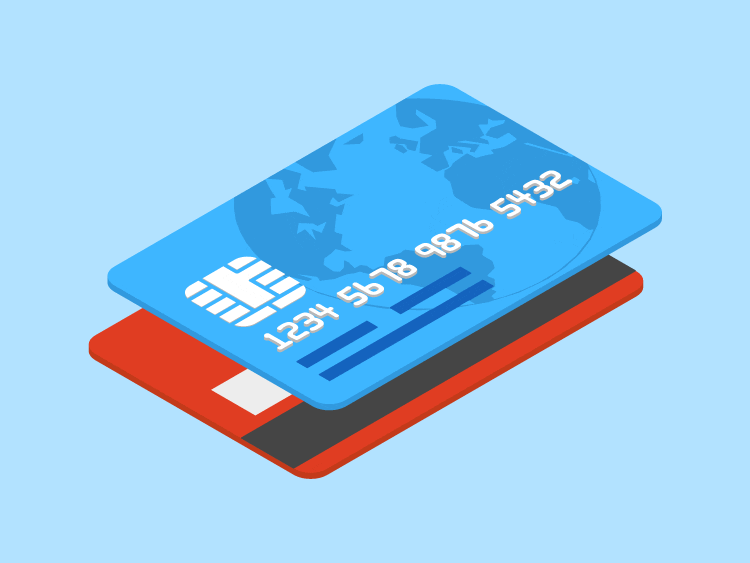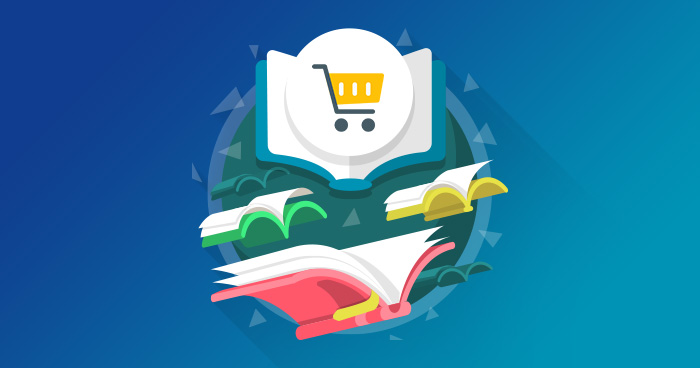
Any free marketing opportunities in business will be a boon, but it’s inevitable that you will have to spend money to gain new sales – and you should. Business marketing isn’t about whether you should invest money in marketing but how much you should be investing. Even with a marketing budget, it can be easy to get muddled and be tempted to invest a little bit more in the hope that new marketing techniques will pay off.
So, how much is too much?
Take the Time to Work Out Your Return on Investment
The only way to know whether you’re spending too much (or too little) is to know exactly which marketing investments have led to the most financial return and which ones are proving to be a waste of money. In order to work out your return on investment, you need to consider:
- The cost of your product or service
- The marketing investment you have made
- The resultant profit you have accumulated
You may have made a significant profit during a period where you employed a new marketing technique compared to a previous quarter where you hardly made any profit. If this rise in revenue is consistent with the continuation of your new marketing technique, it’s safe to say that it must be paying off.
Ultimately, it’s the logical investments in services that can help your marketing strategy in the first place that are the most rewarding, such as marketing training from www.tonivans.com.
Set Clear Budgets and Goals
This is a must for any area of business, but by setting realistic budgets for how much you would like to invest in marketing based on a certain revenue amount, then you know that will never go over budget. Incidentally, if your goal revenue amount isn’t reached, you know you need to cut your marketing budget by the corresponding percent in order to avoid going overbudget.
Compare New Customer Marketing with Existing Loyalty
While gaining new customers is always key, you should take the time to assess the extra revenue that could potentially be gained from existing, loyal customers. It may be that you spend more of your marketing budget attracting new customers, when actually investing that money in better loyalty programs and promotions with existing customers may lead to a bigger pay off in the end.
This could be in the form of existing customers buying more services or products with you or investing in a long-term subscription or membership, for instance. Existing customers are more likely to make this investment based on the relationship and trust that they have already established with you. Spending marketing money on trying to convince new customers to pay for a long-term product or plan is less likely to happen if you haven’t yet established a relationship.
How much you should be investing in business marketing is really dependent on your product, the way you do business, and how much revenue you are receiving. Marketing budgets don’t have to be inflexible, and can be tailored however you see fit.







